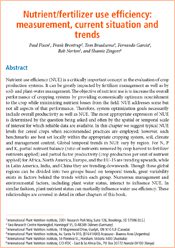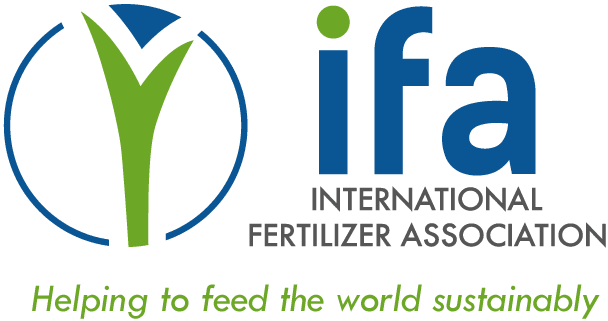Nutrient/Fertilizer Use Efficiency: Measurement, Current Situation and Trends
Nutrient use efficiency (NUE) is a critically important concept in the evaluation of crop production systems. It can be greatly impacted by fertilizer management as well as by soil- and plant-water management. The objective of nutrient use is to increase the overall performance of cropping systems by providing economically optimum nourishment to the crop while minimizing nutrient losses from the field. NUE addresses some but not all aspects of that performance. Therefore, system optimization goals necessarily include overall productivity as well as NUE. The most appropriate expression of NUE is determined by the question being asked and often by the spatial or temporal scale of interest for which reliable data are available. In this chapter we suggest typical NUE levels for cereal crops when recommended practices are employed; however, such benchmarks are best set locally within the appropriate cropping system, soil, climate and management context. Global temporal trends in NUE vary by region. For N, P and K, partial nutrient balance (ratio of nutrients removed by crop harvest to fertilizer nutrients applied) and partial factor productivity (crop production per unit of nutrient applied) for Africa, North America, Europe, and the EU-15 are trending upwards, while in Latin America, India, and China they are trending downwards. Though these global regions can be divided into two groups based on temporal trends, great variability exists in factors behind the trends within each group. Numerous management and environmental factors, including plant water status, interact to influence NUE.

